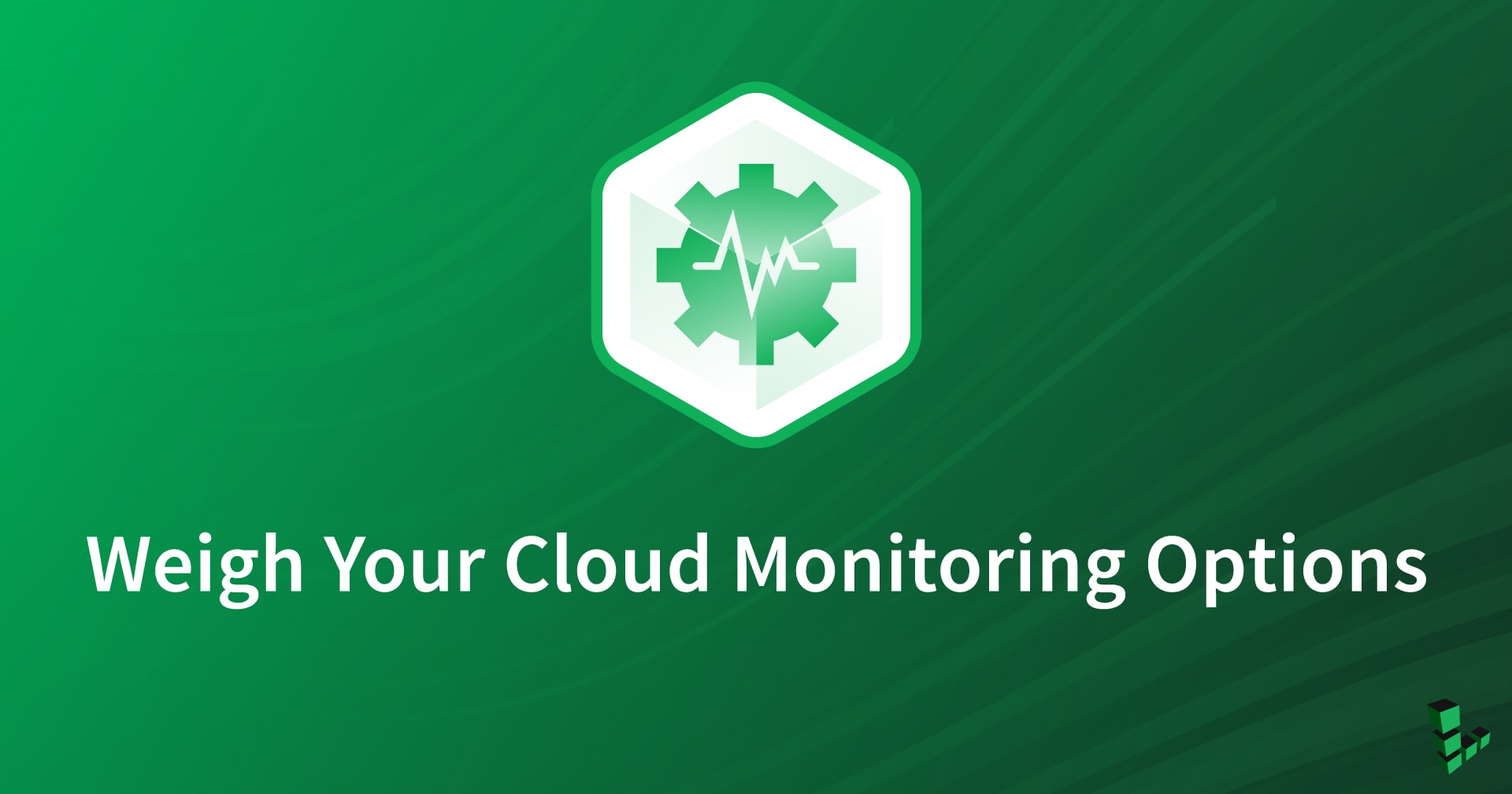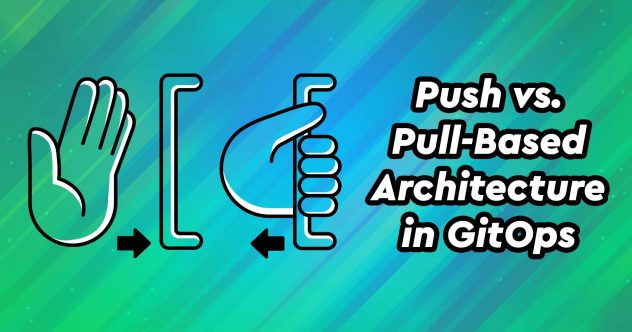On today’s networks, uptime matters. Any disruption to normal operations can lead to losses of money and time, so when you plan your cloud environment, remember that you’ll need a way to stay informed about the state of your systems. This need for continuous information on the system state means that no cloud configuration is complete without a robust and well-integrated monitoring solution. A good monitoring solution will help you spot potential problems before they happen and will even send alerts to IT staff if anything goes wrong.
Most cloud vendors offer some form of integrated monitoring, but it pays to study your options and decide on the alternative that is best for your environment. One important choice is to decide on a cloud integration model for your monitoring solution. Popular options include:
- Open source: Free tools supported by the cloud vendor and universally available to all users.
- Third-party: Commercial solutions integrated with the cloud environment through a prearranged partnership with the cloud vendor.
- Proprietary: Built-in monitoring services offered exclusively on the cloud vendor’s network.
Open source cloud monitoring solutions typically have the lowest overall cost. Leading open source monitoring alternatives such as Prometheus are very much enterprise-ready, with features such as an on-board query language, a multidimensional data model, and close integration with the Grafana visualization environment. Because they are freely available, open source cloud monitoring solutions are well known to many IT professionals and offer a shorter learning curve.
If the available open source options do not provide the features you are looking for, third-party monitoring solutions are an efficient alternative. Many third-party solutions exist because they offer features that are not available with the leading open source alternatives. Tools like Circonus and Panopta, for instance, offer some advanced capabilities and provide more extensive integration over a greater variety of platforms and device types.
Many large cloud vendors offer their own proprietary monitoring solutions. Sometimes these tools are built into the environment directly, and sometimes they are marketed as separate products, such as CloudWatch, which is owned and operated by Amazon.
Proprietary tools offered by cloud vendors have a high degree of integration with the cloud vendor’s environment. Still, an important disadvantage of proprietary solutions is that they represent a form of vendor lock-in. The assumption is that you will do all your cloud business with one vendor not just now but in the future. If you choose to diversify at a later point as your needs change and the market evolves, you lose the opportunity for a unified solution. Proprietary tools from big cloud vendors also sometimes suffer from other big cloud market complications, such as higher costs and less attention to individualized customer service.
Your choice of a cloud monitoring solution depends on your environment’s needs and your plans for the future. Suppose you know you are staying in one place and do not expect your environment to undergo significant changes. In that case, a proprietary solution could be a viable alternative if you are already 100 percent invested in a big cloud vendor like Amazon. But DevOps is all about flexibility and continuous transformation. If you implement cloud monitoring in a DevOps environment, plan ahead for portability with an open source or third-party monitoring solution to stay agile and maximize your future options.








Comments